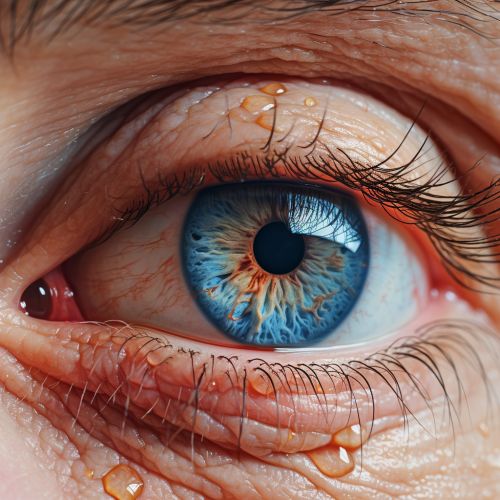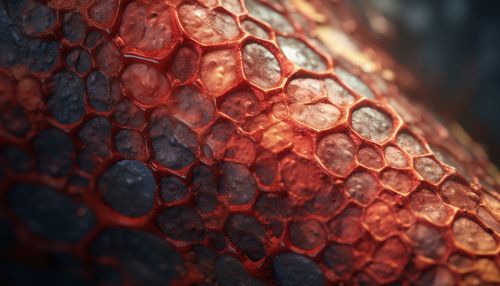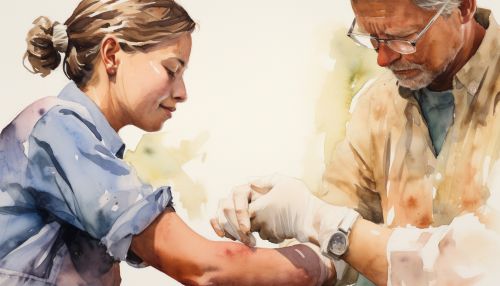Lesion
Definition and Types
A lesion is any abnormal damage or change in the tissue of an organism, usually caused by disease or trauma. Lesions can occur in any tissue or organ in the body, and can be classified in a number of ways, such as by their cause, by their nature, by their location in the body, or by their size.
By Cause
Lesions can be caused by a wide variety of factors, including infectious diseases, inflammatory diseases, neoplasms, and trauma. Infectious lesions are caused by pathogens such as bacteria, viruses, fungi, or parasites. Inflammatory lesions are caused by diseases such as rheumatoid arthritis or lupus. Neoplastic lesions are caused by the abnormal growth of cells, which can be benign or malignant. Traumatic lesions are caused by physical injury, such as a cut, burn, or bruise.


By Nature
Lesions can also be classified by their nature, or what kind of change they cause in the tissue. For example, a necrotic lesion is one in which the tissue has died. An ulcerative lesion is one in which a hole or break has formed in the skin or mucous membrane. A cystic lesion is one in which a sac has formed that is filled with fluid or other material. A fibrotic lesion is one in which the tissue has become thickened and scarred.
By Location
The location of a lesion can also be used to classify it. For example, a cutaneous lesion is one that occurs on the skin. A neurological lesion is one that occurs in the nervous system. A hepatic lesion is one that occurs in the liver. A pulmonary lesion is one that occurs in the lungs.
By Size
Finally, lesions can be classified by their size. A macular lesion is one that is flat and does not protrude above the surface of the skin. A papular lesion is one that is raised and can be felt. A nodular lesion is one that is larger and can be seen and felt. A tumorous lesion is one that is even larger and may be visible to the naked eye.
Diagnosis and Treatment
The diagnosis of a lesion usually involves a physical examination, followed by various tests to determine the cause of the lesion. These tests can include biopsies, blood tests, imaging studies, and other laboratory tests. The treatment of a lesion depends on its cause, nature, location, and size. Treatment options can include medications, surgery, radiation therapy, chemotherapy, and other therapies.


